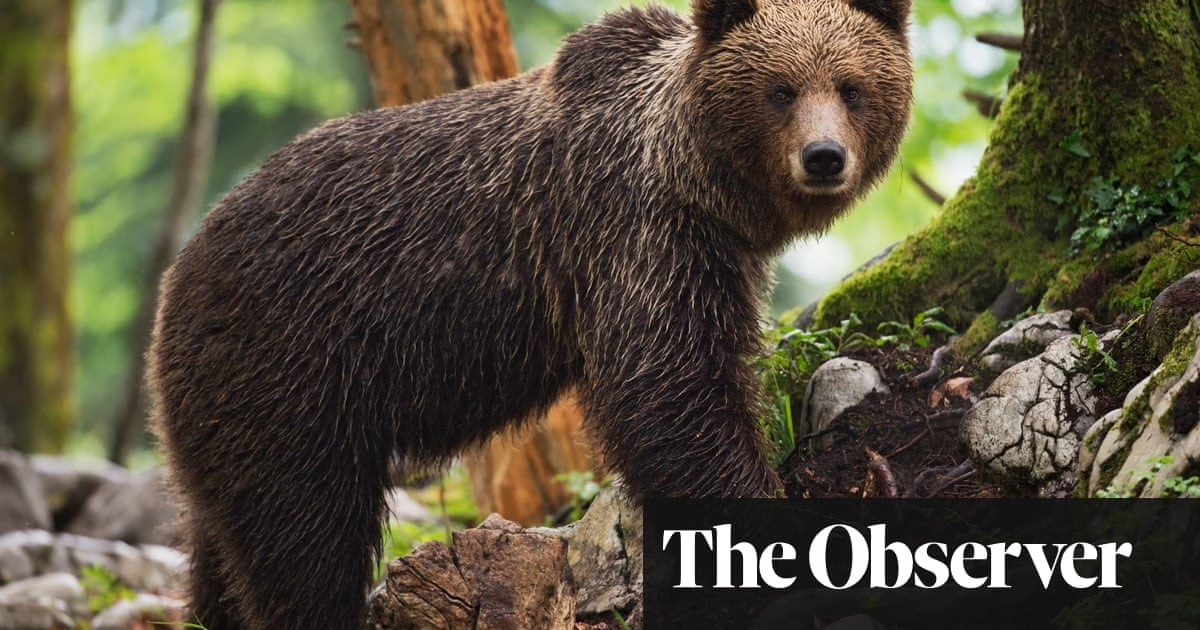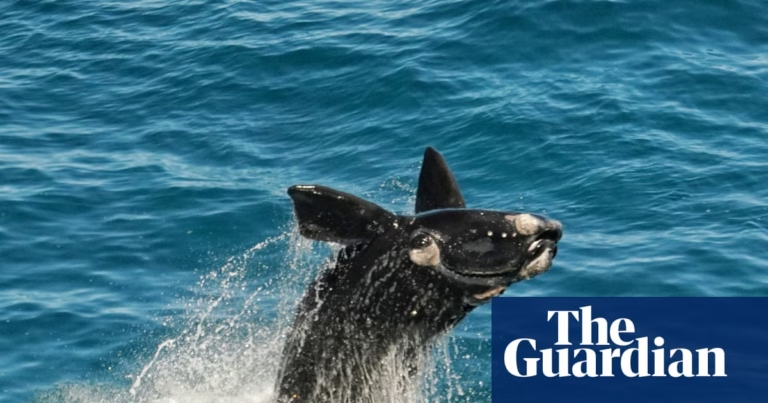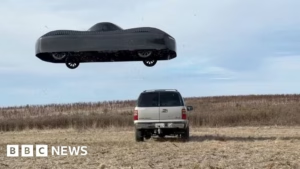Europe’s carnivorous wildlife has experienced a remarkable resurgence after centuries of decline. The continent’s predators, including brown bears, wolves, lynxes, and wolverines, have seen significant population increases thanks to several decades of conservation efforts. The population of brown bears has risen by 17% since 2016, and wolverines have increased by 16%. Moreover, the wolf population has risen by an impressive 35% to 23,000. The only predator to have done better is the golden jackal, with a population increase of 46% since 2016.
Conservation efforts for the critically endangered Iberian lynx have also paid off. There were fewer than a hundred of these distinctive feline predators 25 years ago, but today, their status has improved from “critically endangered” to merely “vulnerable”. This comeback required significant political action and investment, including laws to halt snare-laying by landowners and an EU-funded conservation program.
However, the return of these predators raises various issues. How will Europe live with its growing population of wild animals? How will local people be compensated for damage caused by predators, such as attacks on herds of goats or reindeer? Who should pay this compensation? These are key questions for the future of European carnivores and conservation efforts.
Some researchers argue that the lack of clarity about who qualifies as “local” in Europe is triggering “the introduction of unjust and ineffective strategies for dealing with carnivores”. This is a particularly European problem, as indigenous people in other parts of the world are given special rights and protections.
For the rest of the continent, the term “locals” could include anyone, making it difficult to understand with whom to work to develop coexistence mechanisms. To address these issues, genuine local knowledge and scientific knowledge need to be combined. At the moment, the current approach fails to make this combination, leading to unnecessary culls or unfair hardship on local communities.
Source: https://www.theguardian.com/environment/2025/feb/23/europe-carnivores-predators-bears-animals-continent-scientists








